Home > Lifestyle > The History Behind Traditional Christmas Foods
The History Behind Traditional Christmas Foods
We all love tracing our family traditions back through the generations to find out where they began, but how much do you know about these traditional Christmas foods you probably find on your holiday table year after year? Test your food history knowledge and learn more about a few popular classics.

Roasted Goose
While modern families may be more accustomed to feasting on a turkey or glazed ham at Christmas, the traditional roast in past centuries was goose. People who made their living off the land were less keen to process their chickens and other domesticated birds because they provided a steady source of eggs, a cheap and convenient source of protein. Geese, on the other hand, only laid eggs seasonally and weren’t quite as valuable as their fellow hens. Roasted goose continued to be the most common dinner choice throughout the 19th century, even after turkeys were introduced and slowly began gaining popularity.
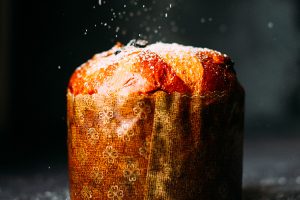
Panettone
This egg-enriched bread with heaps of candied fruit is a fan favorite in Italy throughout the Christmas season. There are several rumors floating around about how this sweet bread arrived on the scene. A popular story is that a baker working for the Duke of Milan accidentally burnt the cake intended for the Christmas feast and created an entirely new recipe with flour, eggs, candied fruit, sugar and the yeast he had been saving for his own family meal. They say the cake was so well-received that it was named “Pan de Toni,” after the baker, and later became know as panettone.
Recipe: Panettone Bread Pudding
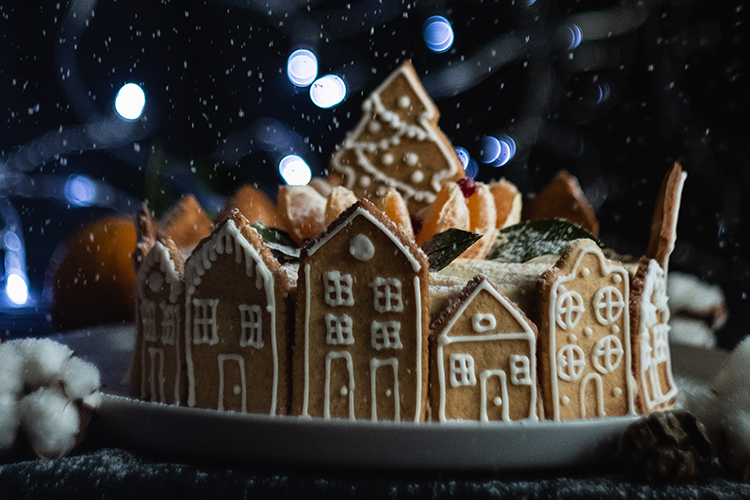
Gingerbread Houses
Gingerbread is a beloved classic during the holidays, but did you know the tradition of building and decorating gingerbread houses began in Germany? Food historians suggest that this unique Christmas activity began when the famous Brothers Grimm published their compilation of fairy tales in the 1800s. We all know the story of Hansel and Gretel, the children who stumbled upon a house made of bread and sugar decorations. As the fairy tale circulated the country, German bakers began creating their own versions – and the rest, as they say, is history.
Recipe: Sorghum Gingerbread Cookies
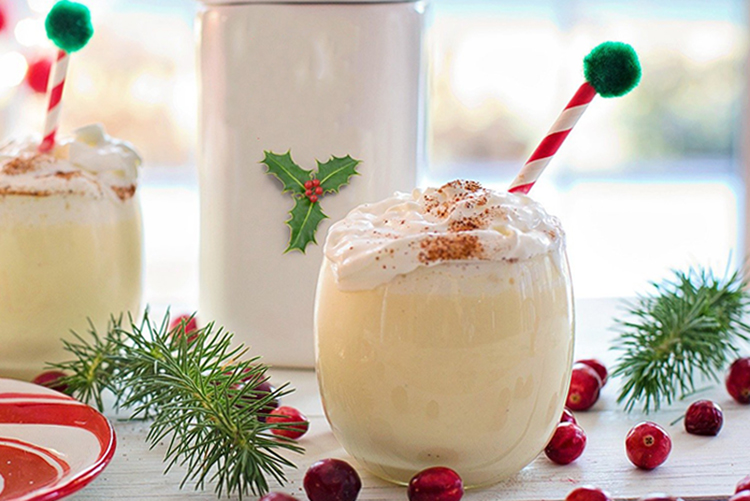
Eggnog
Love it or hate it, eggnog is a Christmas tradition. And while historians have a hard time nailing down the precise origins of this holiday drink made with spiced and spiked egg yolks and milk, many agree that the version we know today stems from a warm milk and ale drink from early medieval Britain that was reserved for toasting to good health and fortune among the upper class. Sherry was likely the original alcoholic addition, but Americans quickly replaced it with rum, a cheaper alternative, once it made its way across the pond.
See more: 10 Creative Christmas Recipes
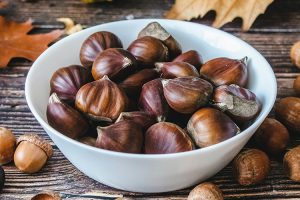
Chestnuts
Who doesn’t think of Christmas at the mention of chestnuts? After all, chestnuts roasting on an open fire is arguably one of the most iconic holiday lyrics. Chestnuts were some of the first foods people ate, and unlike many of the classics today, they were never expensive to acquire. So while it’s hard to say precisely how these became a staple on the Christmas table, we can make an educated guess that it has something to do with their versatility and ability to provide a nutritional punch without breaking the bank.
See more: 10 Homemade Holiday Gifts for Foodies
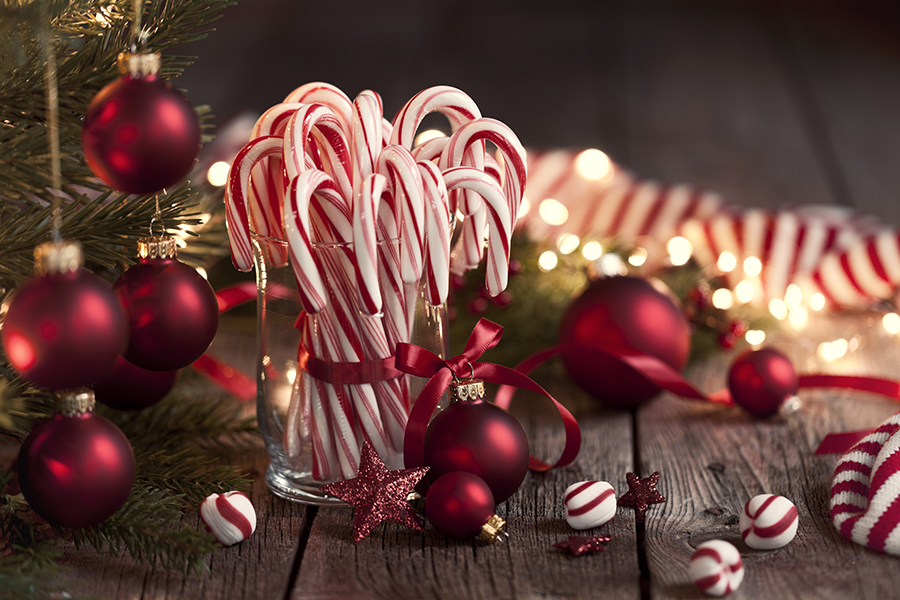
Candy Canes
We have Germany to thank for these cherished Christmas essentials. This holiday classic is everywhere you look when December rolls around, and it even comes in a wide variety of flavors above and beyond the standard peppermint. The popular legend says that these tasty treats made their first public appearance when a choirmaster at the Cologne Cathedral used sugar sticks to quiet down his young choir members during the Living Creche ceremony. Some say, in honor of the Christmas season, he bent the candies into a shape resembling a shepherd’s crook or the letter J to represent Jesus.




[…] we also have to thank Germany for coming up with our beloved candy canes. The popular legend says that they date back to 1670 when the choirmaster at the Cologne Cathedral […]